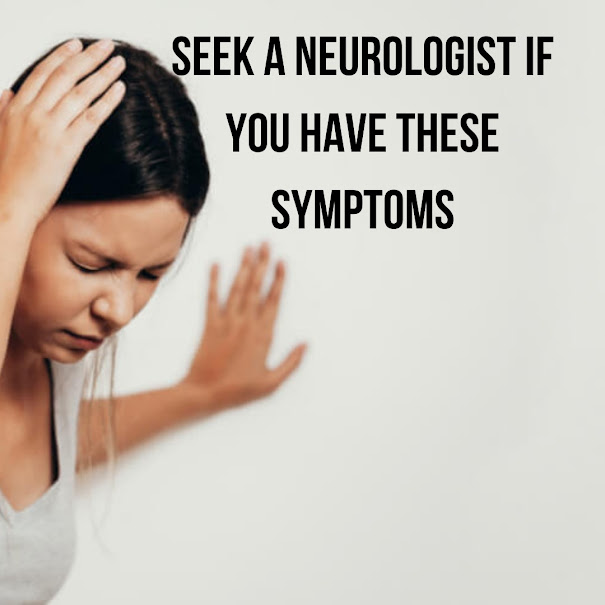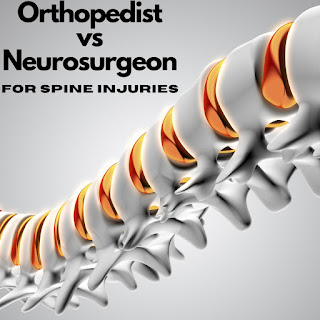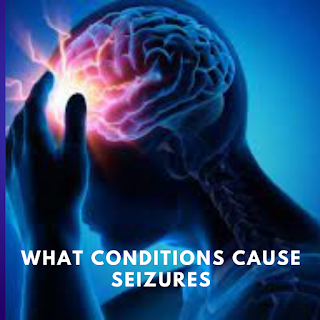Best Neurologist in Pitampura - What is Trigeminal neuralgia
Trigeminal neuralgia is a chronic pain condition that influences the trigeminal nerve, which carries sensation from your face to your brain.Trigeminal neuralgia is also known as tic douloureux.
In most people, trigeminal neuralgia improves with treatment or goes on to release on its own.Trigeminal neuralgia affects women more frequently than men and is more likely to occur in people who are more than aged 50. It is sometimes described as the most excruciating pain known to humanity. According to Dr. Shailesh Jain, the pain usually involves the lower face and jaw, although sometimes it influences the area around the nose and above the eye. The pain usually lasts from a few seconds to a few minutes.It can be so intense that you win involuntarily, hence the word tick (tick borne disease). There is usually no pain or numbness between the attacks and there is no relaxation of the facial muscles.
Symptoms of Trigeminal neuralgia
Episodes of sharp, stinging pain in the cheeks or jaws that can feel like an electric shock
Episodes of pain can occur from touching the face or teeth, including shaving, applying makeup, brushing teeth, eating, drinking, or talking - or even light air.
Relief period between episodes
Anxiety at the thought of returning pain
A constant pain, a burning sensation may occur before the trigeminal neuralgia develops in spasms.
Pain affects one side of the face at a time, although rarely it can affect both sides of the face
The pain is concentrated in one place or spread in a broader pattern
Causes of Trigeminal neuralgia
In this case, the problem is contact between a normal blood vessel, an artery or vein, and the trigeminal nerve at the base of your brain. This contact puts pressure on the nerve and causes malfunction.Trigeminal neuralgia can occur as a result of aging, or it may be related to multiple sclerosis and a similar disorder that damages the myelin sheath that protects some nerves. Trigeminal neuralgia can also be caused by tumors that compress the trigeminal nerve.Some people may experience trigeminal neuralgia due to a brain lesion or other abnormalities. In other cases, surgical injuries, stroke or facial trauma may be responsible for trigeminal neuralgia.
Treatment for Trigeminal neuralgia explained by Dr. Shailesh Jain
The treatment contains anticonvulsant and nerve pain medications, injections, and surgery Medication:
To treat trigeminal neuralgia, your doctor will usually prescribe medications to reduce or block the pain signals sent to your brain.
Anticonvulsant:
Prevents or controls seizures, relieves pain, and treats symptoms of some mental disorders
Injection:
Glycerol Injection is During this process, your doctor places a needle via your face and into the base of your skull.
Surgery:
Microvascular disruption:This process involves moving or removing blood vessels that are in contact with the trigeminal root to protect the nerve from malfunction. During microvascular disruption, your doctor makes an incision behind the ear to favor your pain.Then, through a small hole in your skull, your surgeon passes via any arteries that are in contact with the trigeminal nerve away from the nerve and places a soft pillow between the nerve and the arteries.
Brain stereotactic radiosurgery: In this process, a surgeon directs a concentrated dose of radiation to the root of your trigeminal nerve. This process uses radiation to damage the trigeminal nerve and reduce or eliminate pain. Relief occurs gently and can take up to a month.
About Dr. Shailesh Jain AIIMS Neurosurgeon
Dr. Shailesh Jain is the best physician for Trigeminal Neuralgia who has been performing with excellent results for the last 16 years. He has vast experience. Dr. Shailesh Jain runs his Arihant Neurospin Clinic in Pitampura and Rohini. Dr Shailesh Jain is Principal Consultant Neurosurgery and Neurointervention at Max Hospital Shalimar Bagh and runs his own Arihant Neurospine clinic in Pitampura and Rohini.
You can Book an appointment for any type of Spine Treatment as well as Brain Treatment.




Comments
Post a Comment